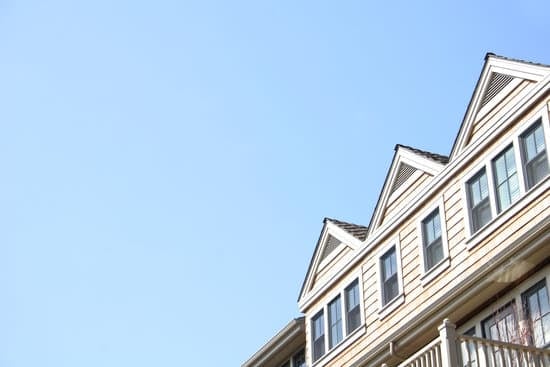Introduction to TPO Roofing Membrane
When it comes to having a waterproof roof, it is important to choose roofing materials that have a high level of durability. One such material is TPO roofing membrane. TPO roofing is a single-ply white roofing membrane that is used for both residential and commercial roofing. This roofing material is made of thermoplastic polyolefin (TPO) and is popular because of its high durability and resistance to weathering.Advantages of TPO Roofing Membrane
There are several advantages to using TPO roofing membrane for your home or commercial building. Here are some key benefits:- Durability: TPO roofing membrane is highly durable and is built to withstand extreme weather conditions like heavy rain, hail, snow, and strong winds. It is also resistant to tears, punctures, and other forms of damage.
- Energy-Efficient: TPO roofing membrane is energy-efficient and can help you save on your energy bills. It reflects sunlight instead of absorbing it, which keeps your home or building cooler during the summer months.
- Cost-Effective: TPO roofing membrane is relatively affordable compared to other roofing materials like PVC and EPDM. Its cost-effectiveness makes it a popular choice among homeowners and commercial builders.
- Easy to Install: TPO roofing membrane is easy to install and requires little maintenance. It is available in large rolls and can be easily rolled out over the roof’s surface.
Installation of TPO Roofing Membrane
The installation process for TPO roofing membrane is relatively easy. Here are the steps involved:- Clean the roof surface and make sure it is dry and free of debris.
- Cut the TPO roofing membrane to fit the dimensions of your roof.
- Adhere the TPO roofing membrane to the roof surface using adhesive or mechanically-fastened screws.
- Seal the seams and edges of the TPO roofing membrane using hot air welding.
Maintenance of TPO Roofing Membrane
TPO roofing membrane requires little maintenance, making it a popular choice among homeowners and commercial builders. Here are some tips for maintaining your TPO roofing membrane:- Inspect your roof regularly for damage, cracks, or leaks.
- Trim any overhanging branches or trees that could potentially damage the roofing membrane.
- Clean the roof surface regularly to remove any dirt or debris that can accumulate on the surface.
- Avoid using harsh chemicals or abrasive cleaning tools that could damage the roofing membrane.
Comparison of TPO Roofing Membrane with PVC and EPDM
When it comes to choosing a roofing material for your home or commercial building, there are several options available. Two popular alternatives to TPO roofing membrane are PVC and EPDM. Here is a comparison of the three:- TPO Roofing Membrane: Highly durable, energy-efficient, and cost-effective. Easy to install and maintain.
- PVC: Also known as polyvinyl chloride, this roofing material is known for its high durability and resistance to weathering. However, it is more expensive than TPO roofing and requires professional installation.
- EPDM: Also known as ethylene propylene diene monomer, this roofing material is known for its high durability and resistance to UV rays. However, it is less energy-efficient than TPO roofing and requires regular maintenance.



















